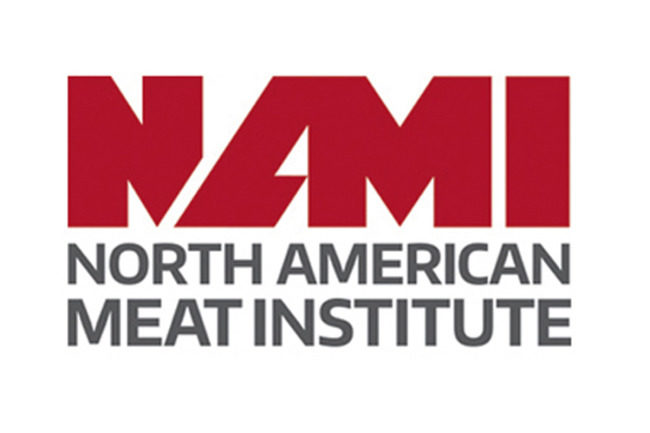WASHINGTON – The Cattle Contract Library Act of 2021 is intended to increase transparency and price discovery in the cattle market. But the North American Meat Institute (NAMI) said provisions for a pilot program are anything but transparent.
A rider in the Fiscal Year 2022 Omnibus Appropriations Bill creates a Cattle Contract Library pilot program that requires companies to report what NAMI says is “proprietary and sensitive data” to the government for publication when those companies buy beef cattle with an Alternative Marketing Arrangement. The law does not provide a public comment period.
“The Congress directs the Administration to create another onerous USDA program with the sole purpose of collecting private business information and making it public without any input from the regulated industry,” said Julie Anna Potts, president and chief executive officer of NAMI. “This is not transparent or responsible.”
NAMI said the law leaves program development to the Agriculture Marketing Service (AMS) of the US Department of Agriculture. There are not specifications as to the type or amount of data AMS can require.
“Congress and the Administration say they value transparency in the beef and cattle market yet they burry this rider without debate in a giant spending bill and direct USDA to create the pilot program without any feedback from beef companies or cattle producers,” Potts said. “There will be no opportunity for companies to provide valuable perspective on what information should be included or how it should be reported.”
The USDA already maintains a similar pork contract library. The cattle contract library is modeled off the swine contract library but with some alterations. The bill would amend the Agricultural Marketing Act of 1946.
Under the Livestock Mandatory Reporting Act (LMR) packers are required to provide AMS daily with the prices they pay to procure cattle, and other information, including slaughter data for cattle harvested during a specified time period and with net prices, actual weights, dressing percentages, percent of beef grading Choice, and price ranges, NAMI explained.
Packers report all original sale transactions in both volume and price through the Daily Boxed Beef Report, which is issued twice daily, at 11:00 a.m. and at 3:00 p.m. Central Time. The boxed beef report covers both individual beef item sales and beef cutout values and current volumes, both of which are derived from the individual beef item sales data, NAMI said.


